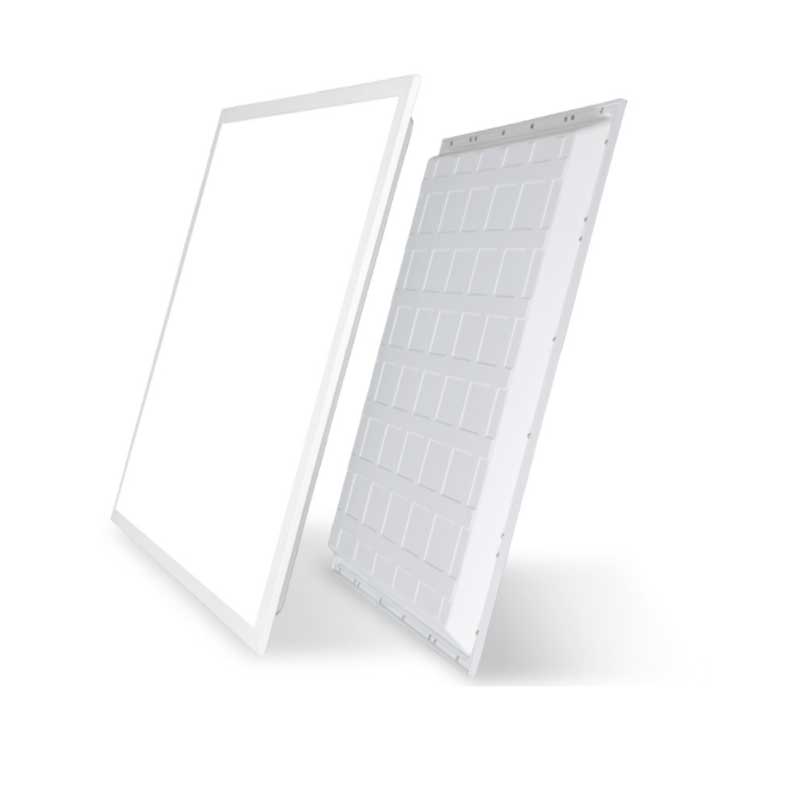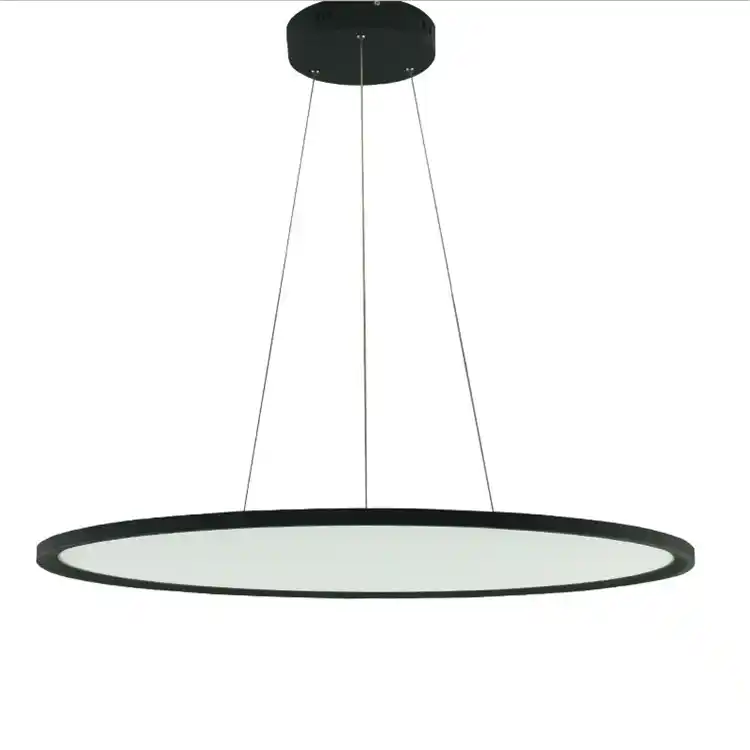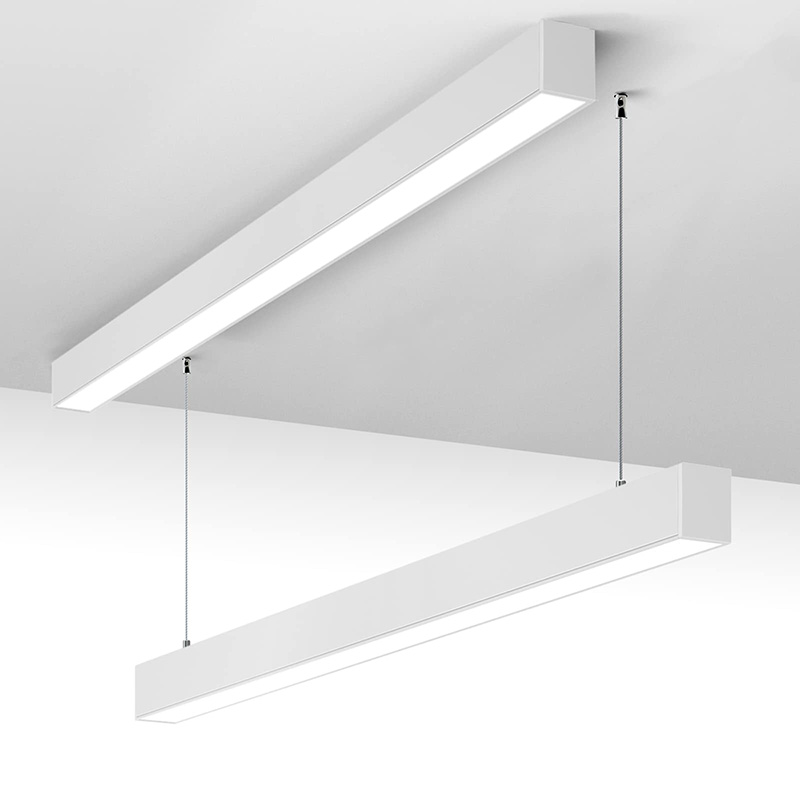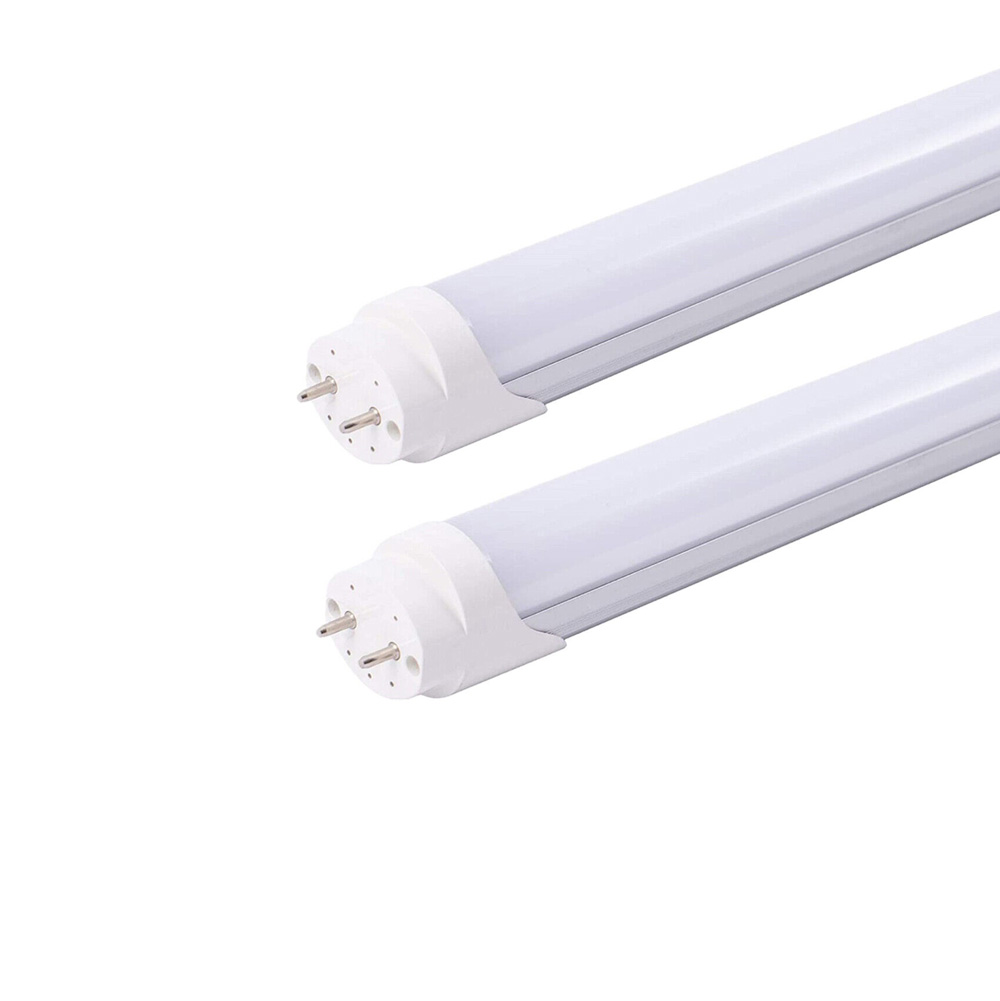Office Lighting
Office Lighting is designed to provide adequate illumination for various tasks, reduce eye strain, and humanized lighting can improve work efficiency.
Office lighting is a critical element of workplace design that directly impacts productivity, employee well-being, and the overall atmosphere of the office. Modern office lighting focuses on energy efficiency, aesthetics, and functionality to create a comfortable and effective work environment. Here’s a guide to creating optimal lighting for offices:
Key Elements of Office Lighting
Layered Lighting Design:
- Ambient Lighting: General lighting that ensures even illumination across the office. Typically achieved with LED panel lights, recessed lighting, or ceiling-mounted fixtures.
- Task Lighting: Focused lighting for workstations, desks, and meeting areas to reduce eye strain and improve focus.
- Accent Lighting: Adds visual interest to specific areas like artwork, reception desks, or architectural features.
LED Lighting:
- LED lights are the standard for office lighting due to their energy efficiency, long lifespan, and customizability. They offer a range of color temperatures and dimming options to suit different office areas and tasks.
- Benefits: Reduced electricity costs, minimal heat emission, and consistent light quality.
Color Temperature:
- Cool white light (4000K-5000K): Ideal for general office areas as it promotes alertness and focus.
- Warm white light (2700K-3500K): Suitable for lounges, break rooms, and meeting areas where a relaxed atmosphere is desired.
- Tunable white or dynamic lighting: Allows color temperature adjustment throughout the day to mimic natural light, improving employee comfort and circadian rhythm alignment.
Lighting Uniformity:
- Ensure light is evenly distributed to avoid shadows and glare, which can cause eye strain. Use diffused lighting solutions like LED panels or linear lights.
Glare-Free Illumination:
- Minimize glare by using anti-glare fixtures, proper placement of light sources, and diffusers. This is particularly important in open offices with computers and screens.
Daylight Integration:
- Incorporate natural light wherever possible through windows, skylights, or glass partitions. Pair it with daylight-responsive sensors to adjust artificial lighting based on the amount of available natural light.
- Benefits: Reduces energy costs and boosts employee mood and productivity.
Smart Lighting Systems:
- Automate lighting controls with motion sensors, time schedules, or app-based systems to optimize energy use and customize lighting for different areas of the office.
- Features: Dimming, occupancy sensing, and daylight harvesting.
Related Office Lighting Products
Office Lighting Zones and Design Recommendations
1. Workstations:
- Goal: Provide focused, glare-free lighting for productivity.
- Solution:
- Use LED task lights at each desk.
- Overhead lighting with recessed LED panels for uniform illumination.
- Color Temperature: Cool white (4000K-4500K) to promote focus.
- Pro Tip: Position lights to avoid reflections on computer screens.
2. Meeting Rooms:
- Goal: Create a flexible space suitable for presentations, discussions, and collaboration.
- Solution:
- Use dimmable lighting to adjust brightness based on the activity.
- Combine recessed lights with decorative pendant fixtures for a professional yet inviting atmosphere.
- Accent lighting for walls or whiteboards to enhance presentations.
- Color Temperature: Tunable white or cool white.
- Pro Tip: Include a control panel for lighting adjustments to suit different meeting formats.
3. Reception Area:
- Goal: Create a welcoming first impression.
- Solution:
- Use decorative pendant lights or a combination of recessed and accent lighting to highlight the reception desk.
- Incorporate wall-mounted lights or LED strips to enhance architectural features.
- Color Temperature: Warm white (3000K-3500K) for a cozy, inviting look.
- Pro Tip: Highlight branding elements like logos with focused lighting.
4. Break Rooms and Lounges:
- Goal: Provide a relaxing environment for employees.
- Solution:
- Install pendant lights or LED panels for ambient lighting.
- Use warm white lighting (2700K-3000K) for a calm atmosphere.
- Pro Tip: Add flexible lighting like LED strips under cabinets or shelves for visual interest.
5. Open Office Areas:
- Goal: Provide even, comfortable lighting for shared workspaces.
- Solution:
- Use linear LED lights or recessed panel lights to achieve uniform lighting.
- Add task lighting at individual workstations.
- Integrate daylight sensors for dynamic lighting adjustment.
- Pro Tip: Use indirect lighting to reduce shadows and glare.
6. Private Offices:
- Goal: Ensure a mix of functionality and comfort for individual work.
- Solution:
- Combine overhead lighting with task lights on desks.
- Include accent lighting for bookshelves or artwork.
- Color Temperature: Tunable white or cool white.
- Pro Tip: Ensure lighting complements the office décor for a cohesive look.
7. Hallways and Corridors:
- Goal: Ensure safe and visually appealing navigation.
- Solution:
- Use wall sconces, recessed lights, or LED strips for continuous lighting.
- Add motion sensors to save energy in less frequently used areas.
- Pro Tip: Use uniform, slightly dimmer lighting to create a calm transition between spaces.
Energy Efficiency and Sustainability
- LED Lighting: Reduces electricity consumption and maintenance costs.
- Smart Sensors: Turn off lights in unoccupied areas automatically.
- Daylight Harvesting: Use natural light in tandem with artificial lighting to reduce reliance on electricity.
- Recyclable Materials: Opt for fixtures made from sustainable or recyclable materials.
Trends in Modern Office Lighting
- Biophilic Design: Incorporating natural lighting and materials to connect employees with nature.
- Dynamic Lighting: Systems that adjust color temperature and intensity to mimic natural light patterns.
- Minimalist Fixtures: Sleek, unobtrusive designs that align with modern office aesthetics.
- Customizable Controls: Allow employees to personalize lighting at their workstations.
Conclusion
A well-designed office lighting system balances aesthetics, energy efficiency, and employee well-being. By integrating layered lighting, smart controls, and energy-efficient fixtures, you can create an environment that enhances productivity and comfort while reducing costs.
Would you like recommendations for specific lighting products or a detailed design plan for your office layout?




